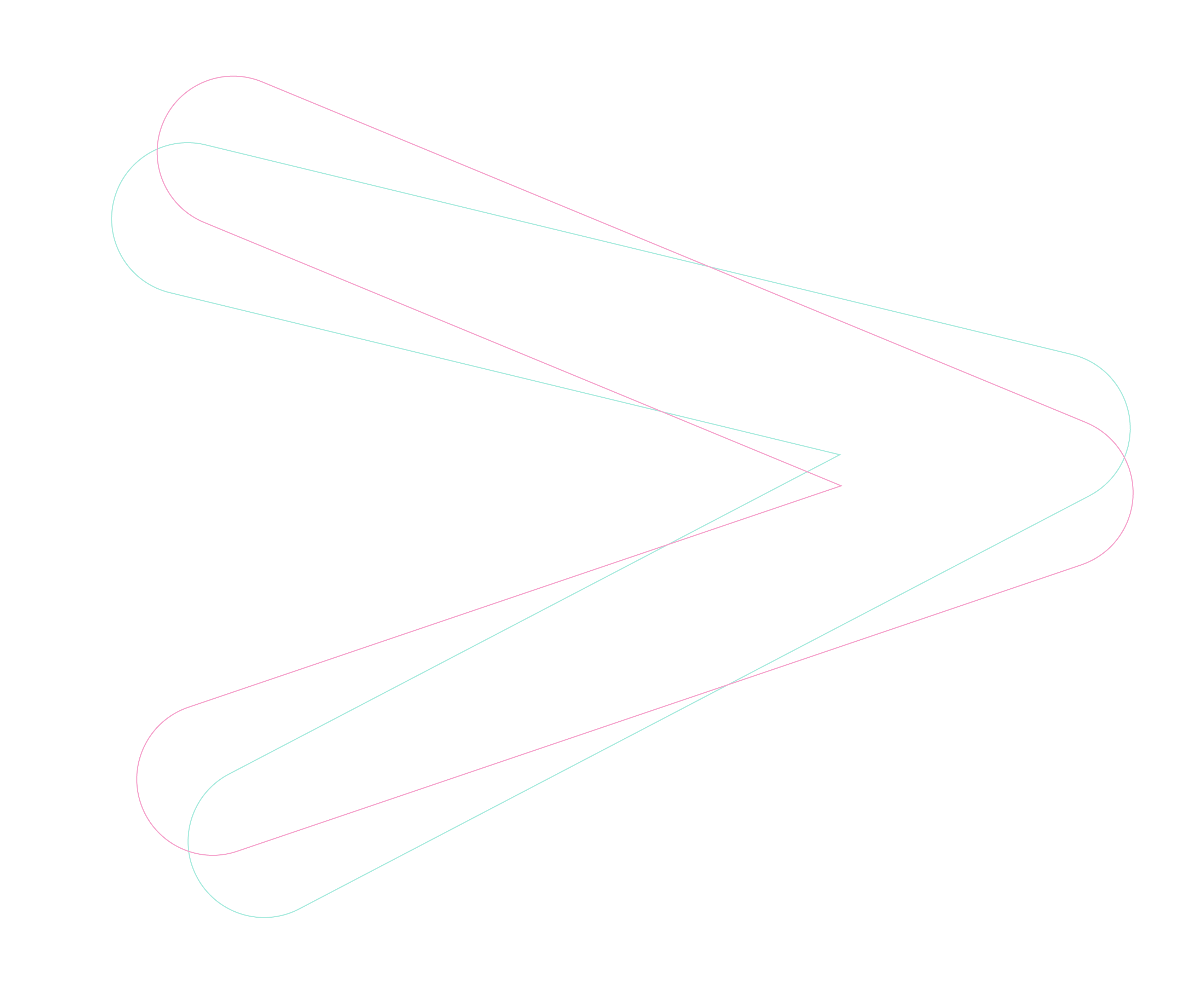The healthcare sector faces security challenges that are more complex than in many other industries. Both private and public healthcare organisations must protect highly sensitive patient data while meeting the stringent compliance requirements whenever that data is accessed or shared. Add to this the rise of telehealth and an increasingly remote workforce, and you have a level of network security complexity that traditional IT solutions often struggle to address.
SASE (Secure Access Service Edge) for healthcare provides a modern approach to tackling these challenges. By unifying network connectivity and security in the cloud, SASE helps healthcare organisations safeguard patient records, ensure compliance, and deliver secure access to patient records for staff, enabling better patient care while reducing operational complexity.
What are the main IT risks in healthcare that need SASE?
-
Confidential data
Patient records contain highly sensitive personal and medical information that must be protected at all times. Without end-to-end security, there’s a real risk of leaks or unauthorised access that could compromise patient privacy and trust.
-
Cyberattack targets
Healthcare is one of the most targeted industries for cybercrime such as ransomware, according to Cisco’s Year in Review Report for 2024. Ransomware, phishing, and other malicious attacks constantly threaten networks, putting both patient data and critical operations at risk.
-
Multiple practices and data transfer
Hospitals, clinics, and specialist providers need to share data quickly across systems and locations. Ensuring secure access to patient records across these networks is a constant challenge, particularly when collaborating across multiple locations and platforms.
-
High regulatory compliance needs
Healthcare organisations, particularly in the UK, must comply with the Data Security and Protection Toolkit (DSPT), the primary framework for all NHS organisations. The DSPT, underpinned by the NDG 10 Data Security Standards, aligns with broader regulatory requirements including NIS Regulations, GDPR/DPA 2018, Cyber Essentials, and NHS England guidance. Together, these frameworks establish the controls, auditing processes, and reporting requirements that NHS trusts and healthcare organisations must meet to ensure robust data security and regulatory compliance.
-
Reliance on legacy systems
Many healthcare providers still depend on outdated IT and networking infrastructure. These legacy systems can introduce vulnerabilities and slow down secure access, making it harder to protect sensitive data while keeping operations efficient.
Helping companies in the healthcare industry migrate from legacy systems and improve connectivity is core to what we deliver here at CAE.
How can SASE for healthcare help networks create secure access to patient records?
SASE is a cloud-based IT solution that can help create secure access to patient information while also improving connectivity between remote healthcare teams. As a cloud-based framework, it combines networking and security into a single, unified service.
For healthcare organisations, this means sensitive patient data can be accessed securely, and for staff, no matter where their location is, their experience will be fast, with reliable connectivity. By merging protection and performance, SASE helps healthcare providers meet compliance requirements, reduce operational complexity, and support remote or distributed teams - all in one scalable solution.
Here’s a detailed look at what SASE for healthcare can do:
-
Safeguard patient data
SASE applies SSE security features like Zero Trust principles, ensuring that only authorised staff can access the specific data they need. This reduces the risk of breaches and keeps sensitive patient information secure across hospitals, clinics, and remote access points.
-
Simplify compliance across the team
With centralised policy enforcement, SASE makes it easier for healthcare organisations to meet regulatory requirements such as HIPAA, GDPR, and local healthcare frameworks. IT teams can manage who has access, monitor activity, and generate reports more efficiently, reducing administrative overhead.
-
Improves remote work and provides access to telehealth
SASE enables secure, low-latency connections for telemedicine, allowing doctors and patients to interact safely, even outside hospital networks. Staff can also work remotely or move between sites while maintaining secure access to patient records, without relying on slow or outdated VPN solutions. This makes it easier to support flexible working arrangements – including at home working – which can be a key advantage for recruiting and retaining hard-to-fill roles such as radiologists and specialist clinicians.
-
Mitigates cyber threats
Built-in firewalls, threat detection, and secure web gateways help prevent ransomware, malware, and other cyberattacks. This proactive security approach ensures healthcare networks remain resilient against constantly evolving threats.
Supports digital transformation
The cloud-first design of SASE makes it easier for healthcare providers to adopt new digital services and scale securely. Whether deploying cloud-based applications, SaaS platforms, or hybrid infrastructures, SASE supports innovation while maintaining robust protection.
What are the challenges of adopting SASE for healthcare?
Implementing SASE in healthcare can be complex for several reasons. Many healthcare networks still rely on legacy software, often with custom-built integrations, which can be difficult to update or migrate to a cloud-based solution. This can make the transition to SASE more time-consuming and technically challenging.
Another key consideration is regulatory compliance. During migration, organisations must ensure that patient data remains secure and that all processes continue to meet standards such as HIPAA, GDPR, and local healthcare regulations. Missteps in configuration could lead to compliance gaps or data exposure.
These challenges highlight the importance of choosing a vendor with both deep technical expertise and sector-specific knowledge.
CAE combines these capabilities, helping healthcare providers navigate the complexities of SASE adoption while maintaining security, compliance, and operational efficiency throughout the process.
Choose the best providers of SASE for healthcare
SASE is more than just a security solution, it’s an enabler of modern, compliant healthcare delivery. By unifying networking and security in the cloud, SASE allows healthcare providers to safeguard patient data, support telemedicine, simplify compliance, and enable secure access to patient records, empowering staff to work securely from anywhere.
CAE helps healthcare organisations get through this transition by assessing existing infrastructure, identifying potential risks, and designing a tailored SASE migration plan. With the right SASE framework in place, providers can deliver better patient care, protect sensitive data, and build a secure, future-ready network that scales with their needs.



